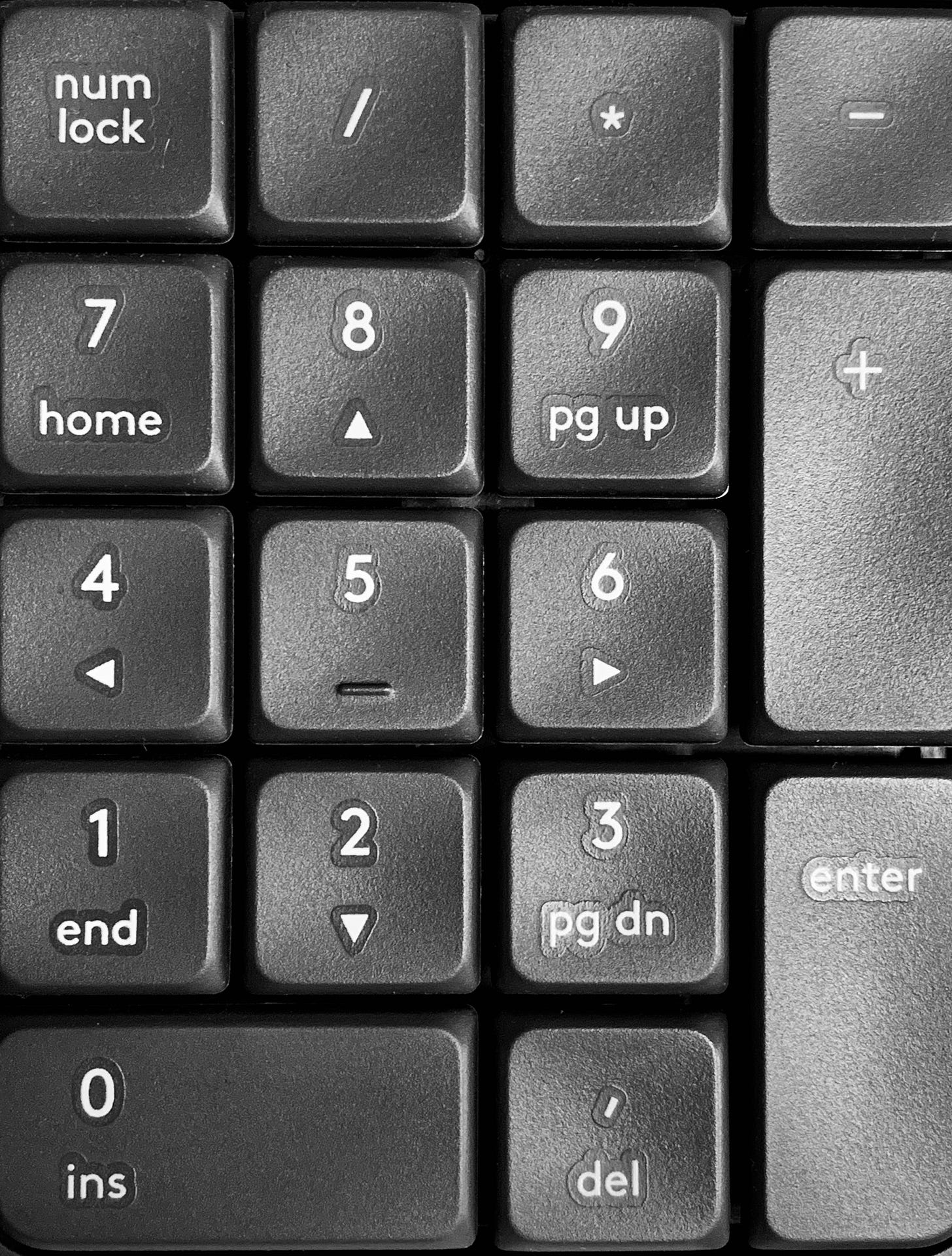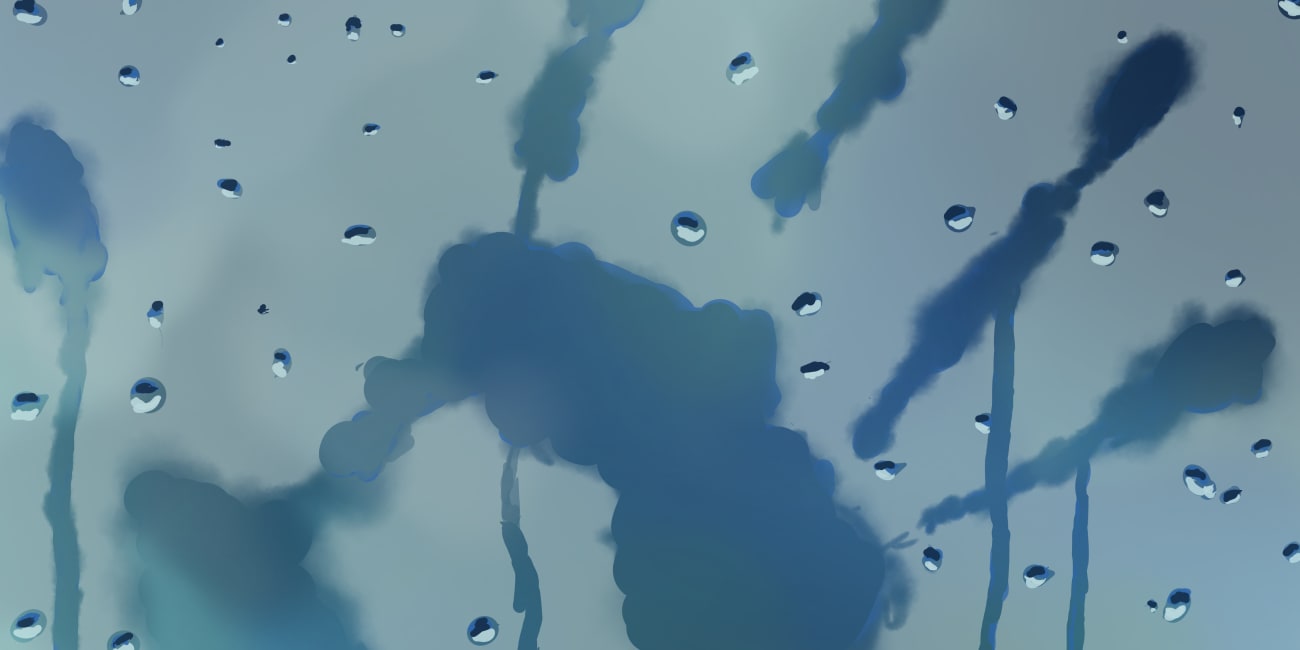Why does Chicago get a manual of style?
10 writing tips to make you (seem) more professional
Let’s get one thing out of the way right up front: I’m not a professional. Writer, that is. I am a professional in other ways. In my day job, which I’m ignoring at the moment, I am a patent attorney. It sounds exciting and in some ways it is, but in many (many) other ways it is not. Over the years I’ve realized that being an attorney, of nearly any stripe, is like being a self-important technical writer. So in that way, I suppose for the last twelve or so years I have been a professional writer … kinda.
When I was in law school I had the dubious honor and cool sounding title: Editor-in-Chief of my school’s law review (and yes all those dashes are mandatory). I say this not to humble-brag but to establish my bona fides as a one-time arbiter of proper style and punctuation, though I still struggle with commas (but who doesn’t?). In that job I had three books I relied on all the time. The Chicago Manual of Style, Strunk & White, and my Bluebook. (I also read quite a few books by Bryan A. Garner who wrote, among other things, The Elements of Legal Style.)
Let’s dispense with the Bluebook right away. This book (that is actually blue) is not important for anyone who isn’t an editor on a legal journal, someone trying to submit to a legal journal, or someone who likes reading phonebooks (remember those?). The Bluebook essentially shows how to properly cite different sources. Yup. An entire book dedicated to word order, what words are italicized or underlined, and where the punctuation goes for citations to anything that could possibly get cited in a legal document. Being on a law school journal working on an article with six hundred footnotes is about as much fun as a prolonged visit to the dentist (sorry to all you dentists out there).
With all that out of the way, let’s dive into some easy things you can start doing today that will help you seem more professional and save you some dough if you ever hire an editor for your work. But like any rules, these can be broken, especially once you understand them. I’ll also note, these are for American English not British English that has funky rules and uses the letter “u” in awkward places (they have their reasons).
Quotation Marks
1
Quotation marks come in two flavors, the single ‘ ’ and the double “ ” varieties which I’m sure you all know about. But just for the folks who are quietly unsure of the difference. The single is used when you quote something within a larger quote. Let’s take this for example:
Here’s how Michael should have written this:
“‘You miss 100% of the shots you don’t take. -Wayne Gretzky,’ -Michael Scott.”
2
Now let’s talk about where the quotation mark goes at the end of a sentence, I have yet to see anyone mess up where to put one at the beginning of a sentence but I’m open to new experiences. Take a look at the example above. The quotation mark goes after punctuation, be that a comma or period. Think of it like the punctuation is getting tucked into bed by the cozy end quotation mark, and if you leave it outside of the quotation mark it will freeze to death and die. Stop killing your periods and commas! The exception to this rule is when a question mark or the exclamation point is not part of the quote but is a part of your sentence. For example: Did Michael really try to take credit for “you miss 100% of the shots you don’t take”?
Parenthesis
3
These are bit more tricky but I’ll give you some easy ways to remember the rules. If you have a parenthetical at the end of a sentence then the period goes after the parenthesis because it is part of the larger sentence (like this). But if your entire sentence is a parenthetical then it follows the same rule as quotation marks and the period is tucked inside the parenthesis. (Like right now, you are wondering if reading three of these tips is enough and you can ignore the rest—yes, yes you can.) Another quickie is if you have a parenthetical that is a question but the parenthetical is not the entire question then it would be punctuated like this (did you follow that?). (As opposed to an entire parenthetical that is a question, got it?)
Bonus points if you can tell where the end quotation mark goes if the sentence is a quote and has a parenthetical that is a question like the one above (god help you if you are structuring that sentence in your prose). Here’s a hint, don’t let your final punctuation freeze to death—ever.
Numbers
4
We all use numbers in our writing cause it’s fun and we like to pretend we were good at math. But when you put a number into prose you should write it out, like one, two, three, etc. Strunk & White’s rule is to spell out any number you can that would be under two words, like three thousand. Basically, they say to use numerals for larger more complex numbers. The Chicago Manual says to write out numbers from zero to ninety-nine and everything over that you can use the numerals, like 9,999. There are other times when it is acceptable and even desirable to use the number, when you are referencing a percentage, or a number in a date or time.
Ellipses
5
I love ellipses … they make me happy. There’s only two general rules I’ll share about ellipses. When you use them there should a space before and after the three periods, just like you see in the previous sentence. The other is if you ever decide to end a sentence with an ellipses and you want to also indicate that there is a period, then you use four dots like this …. Dramatic isn’t it! Ellipses are also useful in non-fiction to indicate when you are removing some of the quoted text. For example, George W. Bush was famous for saying, “I am … an idiot.”1 (In truth, I kinda miss Dubya.)
All the dashes
6
There are actually three dashes that we can use in our writing though I would suggest only using two. These include: the plain old hyphen (it doesn’t like being called a dash), en-dash, and the (AI coopted) em-dash. First, let me tell you what the hell some of these are. The en-dash is a dash that is the width of an “n” and an em-dash is a dash the width of an “m.” Don’t ask how they came up with those names, that would another essay to explain. Technically when you have a range of numbers, you should use an en-dash. I honestly never use it. I don’t think I could if I wanted to. The hyphen (which is supposed to be half the length of an en-dash) should be used when making a compound word or in a word like em-dash.
The em-dash is something else entirely. I love em-dashes. I got seriously bummed out when it became an indicator of generative AI prose, though I refuse to stop using them. Em-dashes can serve basically the same role as a semicolon. I hate semicolons but I love em-dashes, I’m fickle like that. They also are sort of like a super-comma and in dialog they are great because they can indicate an interruption. In a sentence you could use them—to add emphasis—like that. Or if the two clauses are independent clauses (because there ain’t no sanity clause—watch the clip below) you can use an em-dash the way you would use a semicolon (but nobody cool uses those). Last thing is the spacing, you can see when I’ve used the em-dashes above, there are no spaces between the words and the em-dash. For example, this would be wrong: word — word.
Periods
7
There is one rule about periods that almost nobody messes up anymore. There should only be one space after a period. Old-timers (like me) used to put in two spaces, but that was an antiquated rule that was enforced by the type-fitters union who went around beating authors that didn’t comply.

Interrobang
8
Interrobangs are the unnatural combination of a question mark and an exclamation point. Despite it having the best name in the biz, the interrobang looks ridiculous, don’t you think?! It comes from the combination of interrogation and bang (like a gun, maybe cause you want to shoot anyone that uses them?). Apparently the interrobang was invented in the sixties by a hippie hoping to bring down the Nixon administration.2
Semicolons
9
Semicolons have one use that I suppose I’d be ok with, if you must. When you’ve got a list that starts with a colon and the items themselves are long or already contain commas, the semicolon steps in: like this; and this; and this. They function like commas on steroids. Technically, you can use semicolons to link closely related independent clauses without a conjunction. Yes, I know I’m being unreasonable here, but I just hate the way they look; I will not change my mind about this, ok?!
Footnotes
10
These are useful even in fiction they can be fun to use. The rule here is simple, the footnote always appears directly after a punctuation mark, basically like a quotation mark.3 I would also advise against putting them in the middle of a sentence,4 because it breaks up the flow too much though you can if you want to, the same rule applies. If the footnote is for something you are quoting then you put the number after the quotation mark, “like this.”5
OK, that’s it. I hope this can be of some help to you.
If you found this helpful or even if you know all of this and stayed to the end to see if this turned into some awesome meta-fiction, sorry to disappoint, please hit the like button anyway! I’d love to hear your comments so you can let me know what you think of these “rules” and where I can stick them.
Now back to my fiction!
If you want to read more of my rants check these out!
I Call Bullshit
My dad is a retired professor of Linguistics. In his prime, he was able to communicate in one form or another in eight different languages. In his heyd…
Is Substack enabling plagiarism?
The account Keep it Cute is a plagiarist. Plain and simple. Despite what it may look like, I don’t go around Substack looking for bad actors, but when something smells fishy I don’t let it go.
Cover photograph from Adobe Stock by Julie.
Completely fabricated but you believed me didn’t you?
Just kidding, someone named Martin K. Speckter “invented” the interrobang in 1962.
Like this!
Also like this.
Got it?







I love semicolons. We shall settle this with pistols in the courtyard at high noon.
Librarian here... Purdue Owl is a great resource for student and non-student writers alike. We often urge students to use it for MLA and APA style guidelines (Purdue never did well with Chicago style,), but there are also more general pages. This includes brief and in-depth guides to punctuation:
https://owl.purdue.edu/owl/general_writing/punctuation/index.html
Now, regarding Chicago: this is my favorite style and the one most commonly used by people in the humanities and soft social sciences. That said: I have always found it much easier to use the print manual than the online version. Unfortunately, many libraries no longer purchase physical copies of the new editions and of course print reference books rarely circulate.